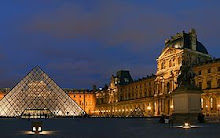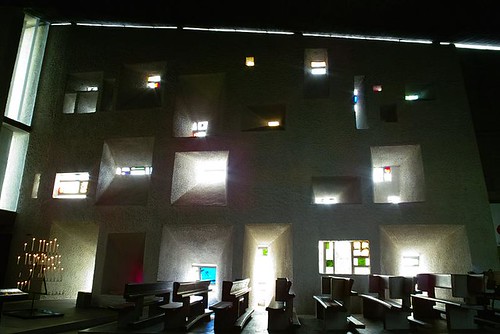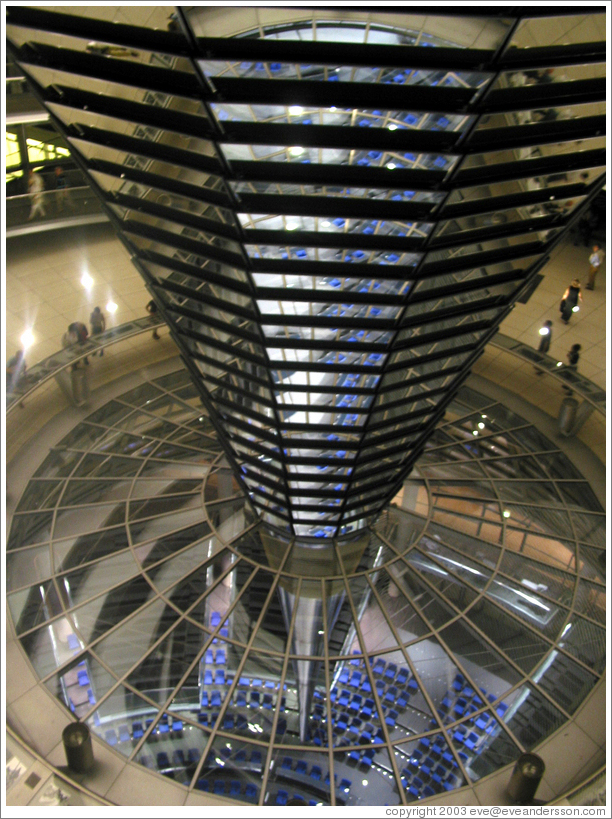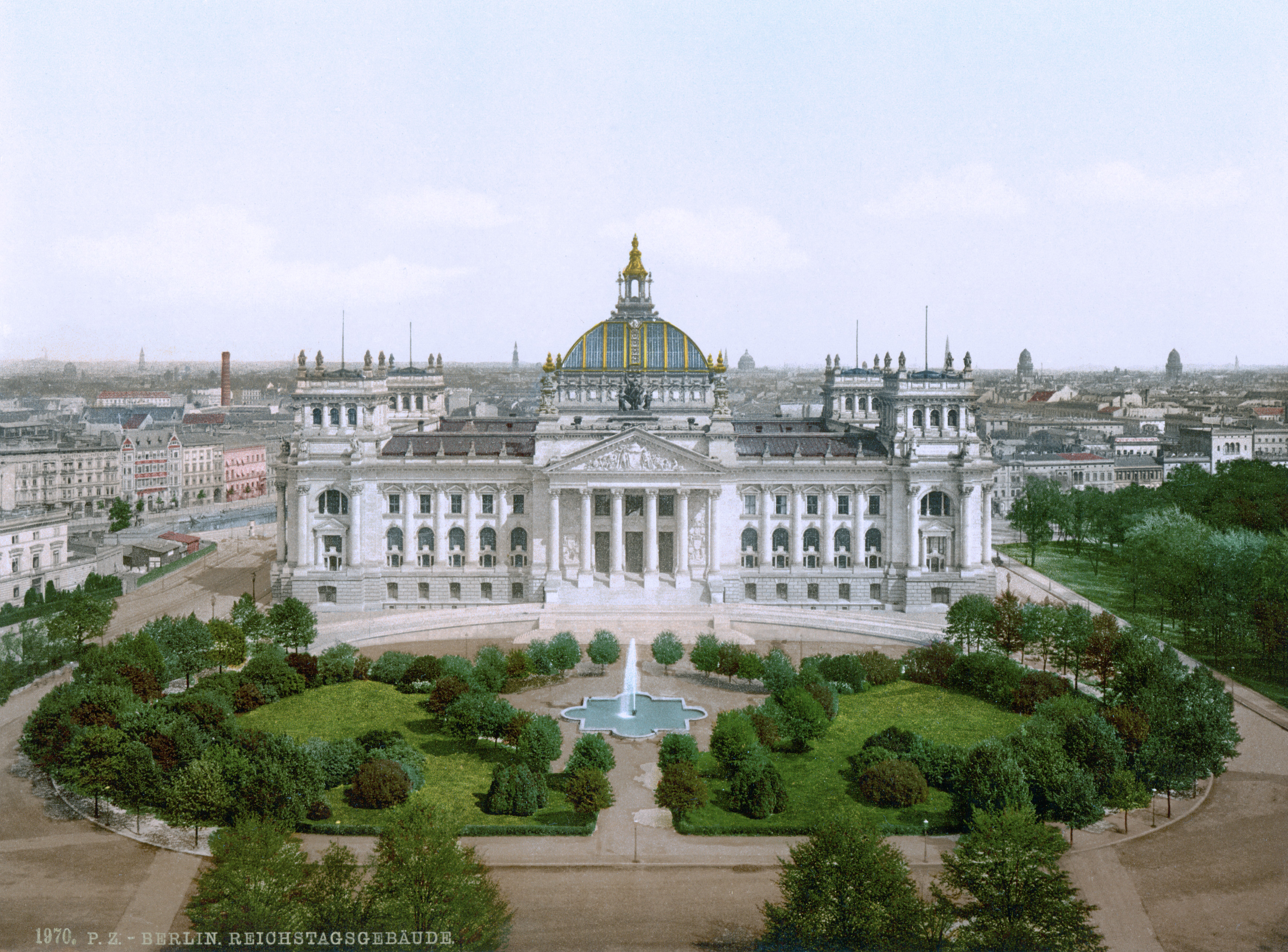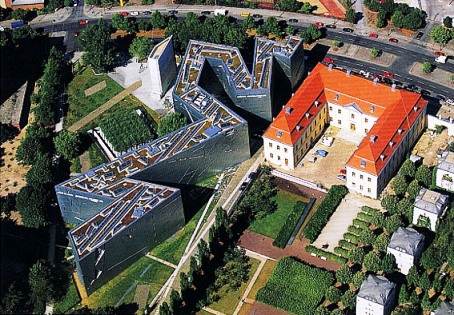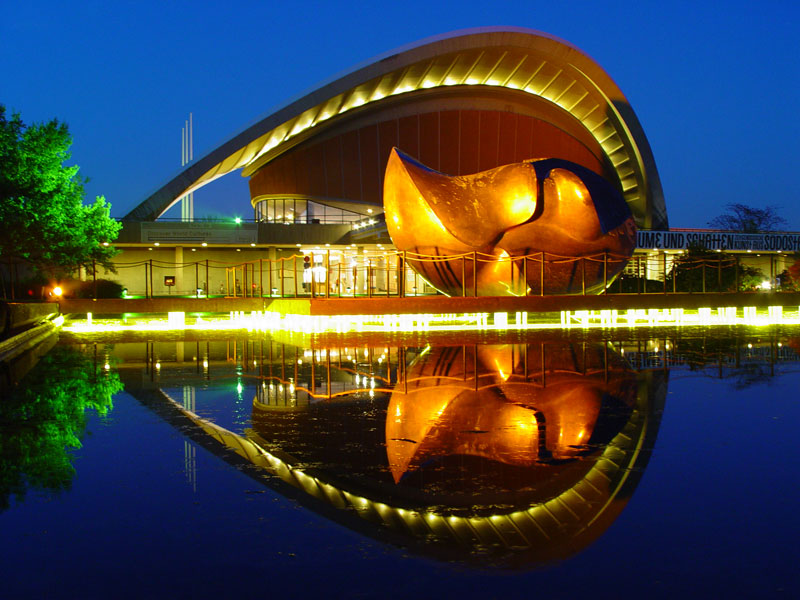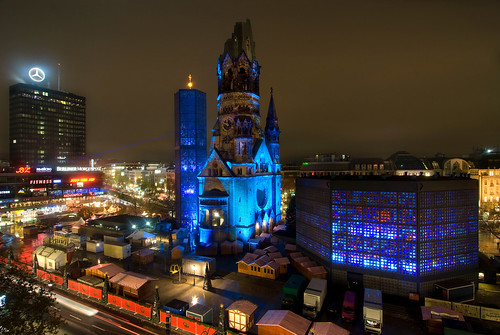
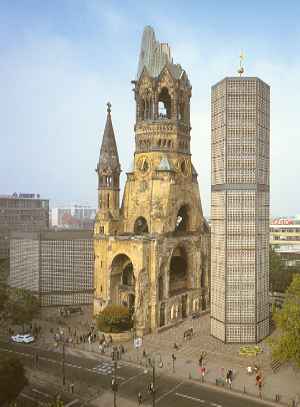

THE GEDÄCHTNISKIRCHE is the symbolic centre of West Berlin and also the memorial to peace and reconciliation. After allied bombing during the WWII, the original west Tower has remained standing as a ruin. This is the only building on the square which was spared by the bombing and deliberately preserved. Built between 1891-95 in memory of Kaiser Wilhelm I, the first German Emperor, by Franz Schwechten in neo-romanesque style, it contains photographic exhibits of the Church and liturgical objects from bygone days and mosaics.
